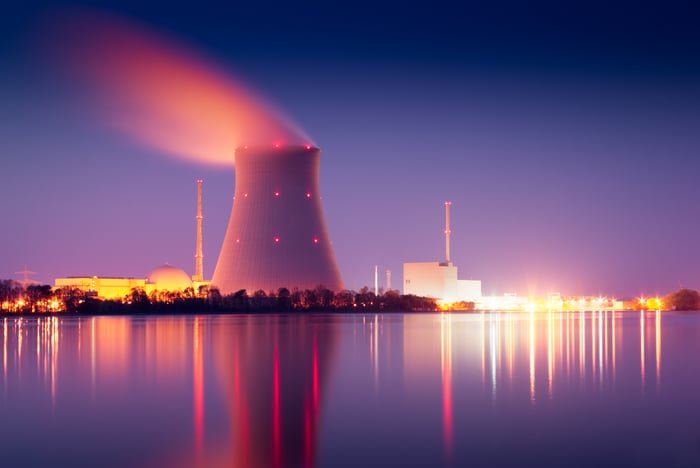Toyota’s New Engine Family: Here’s Why Rivals Should Worry originally appeared on Autoblog.
A new Toyota engine lineup is causing competitors to double-take for more than one reason
Many of today’s powertrain developments are in the electric vehicle (EV) realm, but Toyota is expanding the limits of gas-powered engines. The automaker’s next-gen engine lineup includes 1.5-liter and 2.0-liter sizes, which are entirely different from its previous internal combustion engines (ICE), leveraging more lightweight and compact designs. Toyota’s new 1.5-liter achieves a 10% weight and volume reduction compared to the company’s current 1.5-liter, while the new 2.0-liter offers similar gains to the existing 2.4-liter. In turn, Toyota is able to increase fuel economy and lower emissions without sacrificing power. Still, this next-gen engine family’s efficiency extends beyond increased mileage and reduced emissions into areas like vehicle segment versatility. Let’s take a closer look at how Toyota is giving its rivals increased competition with the innovation of its latest engine lineup.

Toyota four-cylinder engine prototypeToyota
Versatility across vehicle segments
Flexibility is a focal point of Toyota’s next-gen engine family, with the ability to mount longitudinally or transversely and be placed at a vehicle’s front or rear. This flexibility supports the development of future, sportier Toyotas, plus the seamless implementation of all-wheel drive (AWD), RWD, and FWD layouts. Toyota can utilize the 1.5-liter engine to suit classes such as compact cars and hybrids, while the 2.0-liter turbo could fit larger trucks, SUVs, and sports models.
Hybrid-ready and electrification-optimized
“With these engines, each of the three companies [Toyota, Subaru, Mazda] will aim to optimize the integration with motors, batteries, and other electric drive units,” Toyota said in a statement, according to The Daily Star. Toyota, which owns about a fifth of Subaru and roughly 5% of Mazda, added that its next-generation ICE engine lineup will help decarbonize ICEs by making them compatible with alternative fuel sources, such as e-fuels (synthetic fuels) and biofuels.

Toyota four-cylinder engine prototypeToyota
Performance without compromise
While smaller engines often evoke thoughts of slower cars, their installation in upcoming Toyotas enables lower hoods, which enhances crucial performance factors such as aerodynamics and contributes to improved fuel economy. The engines’ design flexibility also opens the door to Toyota reviving fan-favorite performance vehicles like the MR2 and streamlining the development of the upcoming Celica. American drivers could even see the engines in Gazoo Racing models like the GR Corolla and GR86. According to Toyota engineers who spoke with German publication Auto Motor und Sport, the 2.0-liter is easily capable of exceeding the 400-450-horsepower figure of the mid-engine GR Yaris M concept, or over 600 horsepower with a larger turbocharger.
Final thoughts
Toyota’s desire to expand the limits of ICEs arrives at a time when many automakers are reducing their investment in the technology. This decision from Toyota, along with its collaborators Subaru and Mazda, could pay off in a significant way by appealing to drivers who are not yet ready for full electrification, whether for reasons like lack of charging infrastructure or personal taste, but still seek improved efficiency. Drivers can also look forward to this ICE technology offering the ability to increase sports car mileage and reduce emissions while enhancing power. Many automakers have decided to stretch ICE production into the 2030s, but Toyota and its partners appear to have a leg up on competitors with this next-gen engine lineup offering innovation in the areas that matter most.
Toyota’s New Engine Family: Here’s Why Rivals Should Worry first appeared on Autoblog on Jul 6, 2025
This story was originally reported by Autoblog on Jul 6, 2025, where it first appeared.








